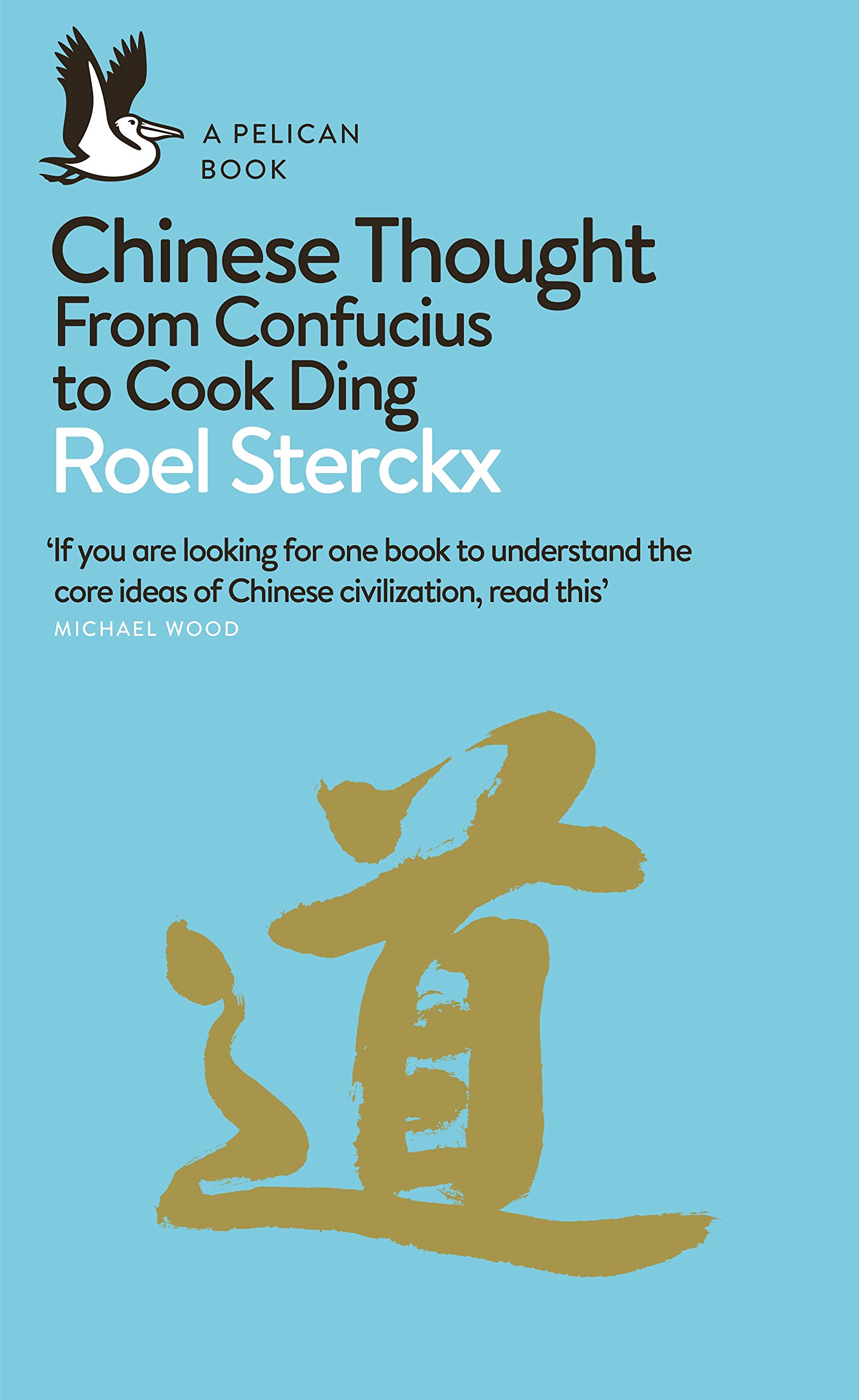An engrossing history of ancient Chinese philosophy and culture from an eminent Cambridge expert.
We are often told that the twenty-first century is bound to become China's century. Never before has Chinese culture been so physically, digitally, economically or aesthetically present in everyday Western life. But how much do we really know about its origins and key beliefs? How did the ancient Chinese think about the world?






